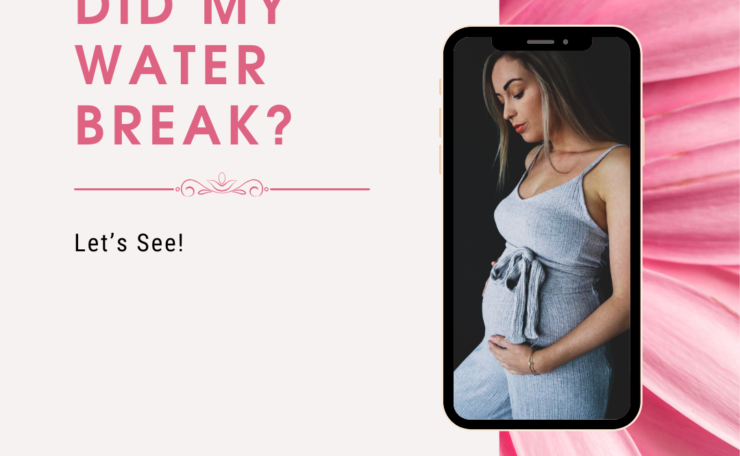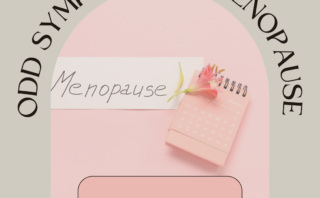How To Tell If Your Water Broke
How to tell the difference between – water breaking vs discharge vs urine
During pregnancy a concern of yours may be that your water will break sending fluid everywhere. Most often, it won’t break until you are well into labor. Your real fear may be that you really won’t know if it is your water breaking vs discharge vs urine, especially if you haven’t gone into labor.  If you do experience watery discharge or a feeling of leaking, these steps can help you determine if it is indeed your bag of waters that has broken.
If you do experience watery discharge or a feeling of leaking, these steps can help you determine if it is indeed your bag of waters that has broken.
- Take A Deep Breath – Take a few minutes to take some deep breaths and collect your thoughts. Go into a bathroom to see what is happening. There shouldn’t be a huge gush – if it does break you should only notice your underwear being wet.
- Remember COAT – Note a few things (even if it wasn’t your water breaking) to share with your healthcare provider. COAT helps you to recall the four key pieces of information to pass on: COLOR – What color is the fluid? ODOR – Is there a smell? AMOUNT – Is it a gush or a trickle? TIME – What time did it happen?
- Make a Quick Change – If possible put on a dry pair of underwear or line underwear with a sanitary napkin or panty liner. Make sure you do not use a tampon as that can increase the risk of infection if your water has broken. Check in a bit to see how much leakage there is. It could be urine which is very normal or maybe a heavier-than-usual flow of normal discharge.
- Lie Down and Rest – After putting on clean, dry underwear or pad or panty liner, lie down for about half and hour. If the fluid is amniotic fluid, it will pool or gather in the vagina while you lie down. Try to do a fetal kick count or make notes of the baby’s movements. Try to take a quick nap. At the end of the half an hour, get up and check to see if the pad is wet or dry. Dry pad means that your water probably hasn’t broken.
- Check Color and Odor – If the pad is wet, it still may not be your waters breaking. Check the fluid – what color is it? Urine is usually colored. Discharge is clear or milky white. Amniotic fluid is usually clear to pale straw colored and much lighter than urine. Smell the fluid – does it smell like urine? If so, it probably is. If it smells like bleach, it more likely is amniotic fluid. Normal vaginal discharge is odorless.
- Call Your Doctor or Midwife – if you are still unsure about what is happening, call your doctor or midwife. They may advise you of other simple ways to test to see if it is amniotic fluid or may ask you to come into the office or hospital to have the fluid tested. Maybe bring everything you would need to give birth in case they tell you to stay!
- Hospital Testing – If you get tested to see if your water has broken, they will use one of two tests. One is during a vaginal exam they will use a small piece of litmus paper to see if it changes color-this happens when the litmus paper is introduced to amniotic fluid. If it doesn’t change, your water has not broken. The other test involves taking a small sample of the fluid and looking at it under a microscope. When amniotic fluid is dry the pattern looks like a fern plant – which means your water has not broken. If it hasn’t you will most likely be sent home until labor starts. If your water has broken, they may have you check into the hospital or birthing center right away or possibly to go home until your contractions begin.
For more help and information on situations you may experience during your pregnancy, get in touch.





